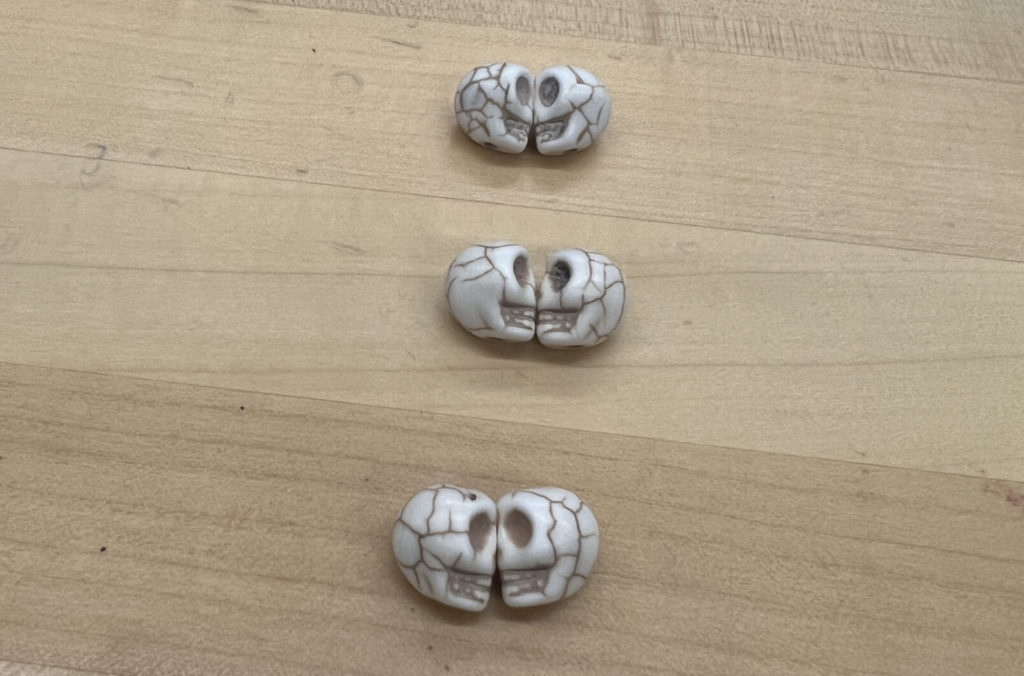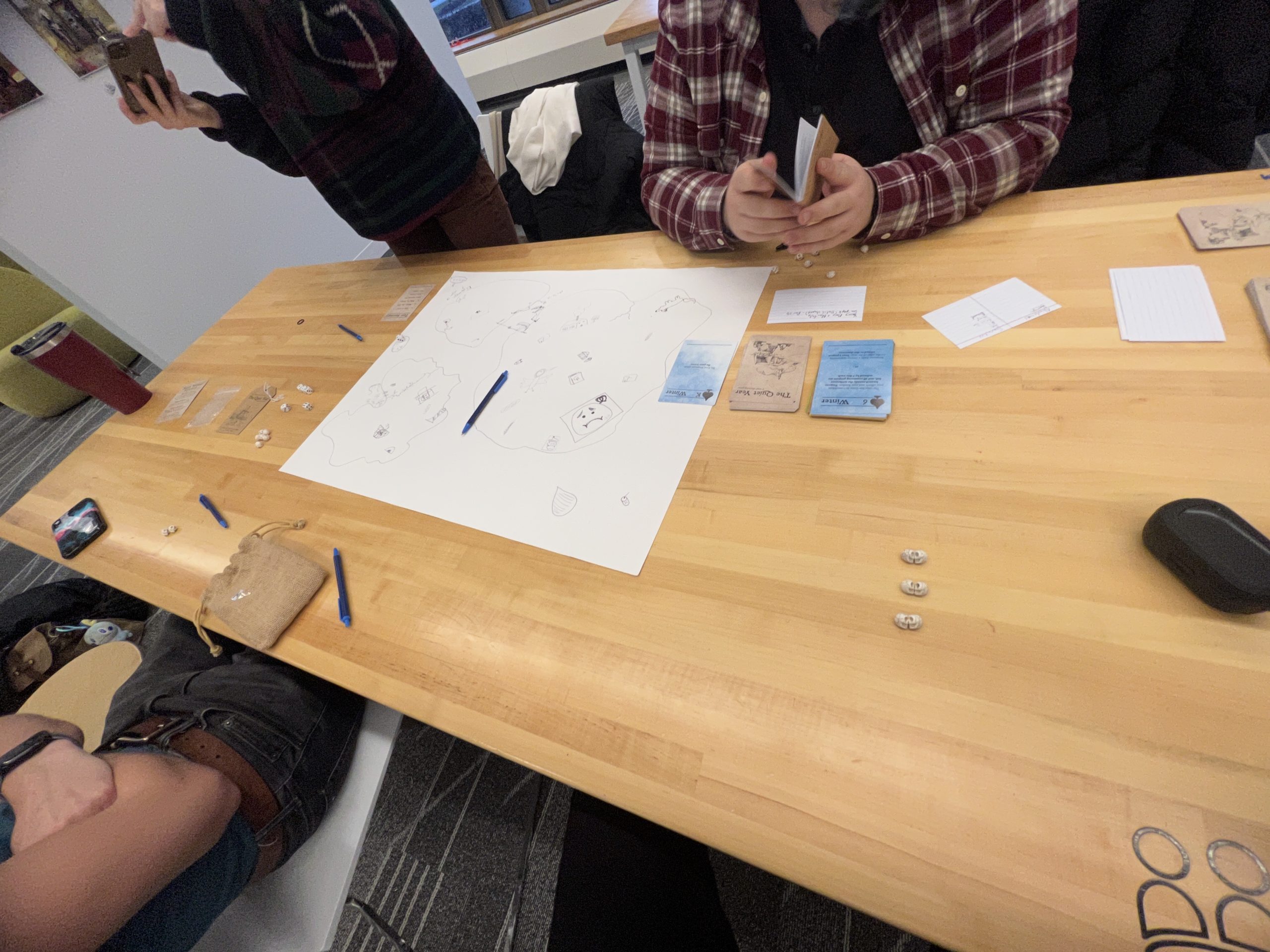I was initially skeptical of playing a TTRPG. The thought “I am about to roleplay in a tabletop fantasy land and drudge through such an uncool activity” went through my head. I didn’t consider such a game to have the potential to be even slightly fun and thought that it was only fun for those in too deep into the TTRPG genre. However, my experience playing The Quiet Year subdued such thoughts.
The Quiet Year is a TTRPG set in a post-apocalyptic world. First, you and your fellow players collaboratively build a map modeling what your society would look like. Then, you take turns, each pulling seasonal events cards that prompt you to address various challenges or events in your society. These prompts add some structure to the gameplay, but you still retain creative freedom while you parse through them. These prompt cards simply worked as a guide to which you can creatively build off of, giving you various struggles, growth, omens, and factors that help guide your society to take action and act the way you do. You build your map, expand it, work with others, and in the end, watch as the society you have built collapses.

What I most appreciated from The Quiet Year was the game’s flexibility in allowing players to choose their actions, rarely restricted by the prompt cards, thus allowing me to have fun and create a hectic society with my peers. Immersion was a key factor in my successful gaming experience as I navigated the barren society, attempting to topple the bourgeoise via spreading communism throughout the land. Just as the Death Note was dropped, so was the Communist Manifesto. The proletariat was strengthening. The bourgeoise was imprisoned. And the communist party was starting to form. My experience was formed not by the game itself but rather by the immersive narrative that I aimed to create with my fellow players.
What I noticed is that the game worked well when other players were more willing to work with my ideas and having fun, taking their own spin on them. My experience was heavily shaped by my fellow players playing along with me. Along with such a collaborative play process, I felt that my actions weren’t restricted by the game rules themselves but rather by the actions of my fellow players. I couldn’t just be annoying and play the game on my own. Societies are formed not by the individual but rather by the collective, you are immersed in creating a society not for yourself but for a collective you are part of, creating it with others in that collective. Such collaborative, society-forming gameplay was essential to the TTRPG’s beautiful, societal immersion.
Along with this society-forming immersion, I also felt a sense of political ideation in the TTRPG. The contempt token mechanic provided an easy way to express my concern or anger at the actions of other players, serving as a form of political expression. I would take a token every time one of my peers upset me and went against the society I aimed to form. Eventually, I noticed that varying levels of contempt tokens served as an indicator of political partisanship, serving as an avenue to express political party determinism. Such a mechanic was important in nonverbal communication with my peers and served as a way for us to guide each other to decisions we would favor as a collective or even lead to more deviation when creating our society.

contempt tokens
I genuinely enjoyed The Quiet Year and am glad that it’s the game that introduced me to the TTRPG genre.
